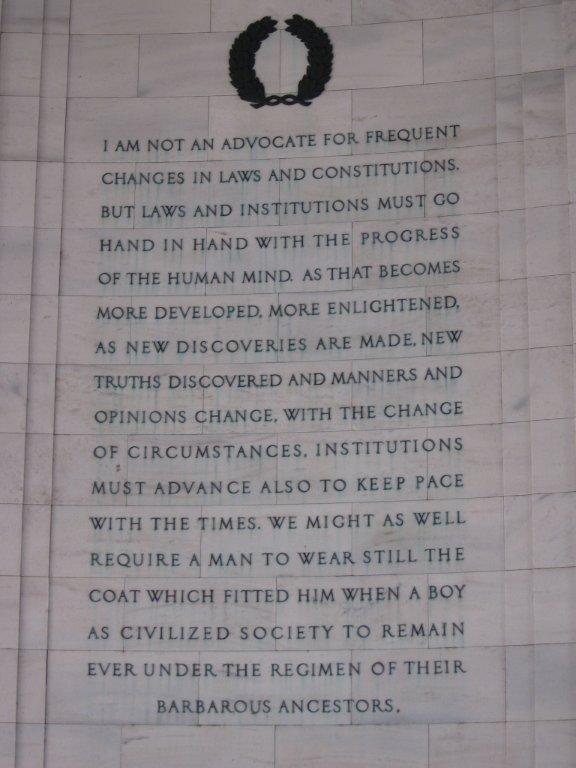Gleanings of the Week Ending March 31, 2012
/The items below were ‘the cream’ of the articles I read this past week:
Wind map - a (nearly) current map of winds in the continental US. This is an artwork and quite a learning opportunity for how the winds change over time...I find myself looking at it several times a day.
Step inside the millennium seed bank - a video that walks through the science facility that stores seeds from 10% of the world’s plants
The Beginnings of Dr. Seuss - An Informal Reminiscence - A short piece done for Dartmouth (where he went to college) and made available online recently.
13 Nature Photos with water reflection - Enjoy! My favorite is the spoonbills (the second one).
Nature and Wildlife Photography Tips Center - from National Wildlife Federation
The Psychological Effects of Global Warming in the US - More people will experience weather extremes than ever before…and many more will develop anxiety disorders
Wind Farm in San Gorgonio - A striking picture of wind turbines in a pass in the mountains east of Los Angeles
Regular Chocolate Eaters are Thinner, Evidence Suggests - Just more data that supports my 2 squares of dark chocolate for breakfast habit!
How Animals See the World (infographic)
First Day of Spring (40 pictures) - From around the world
New inverter design shrinks size/cost of connecting solar panels to the grid - Company that created them will start selling them in May. Could shave $0.15/watt from a solar panel installation. There is a lot happening in the solar energy field right now. It's very exciting.
Re-inventing the toilet (turning human waste into power) - A Gates Foundation project. Watch the video.




























